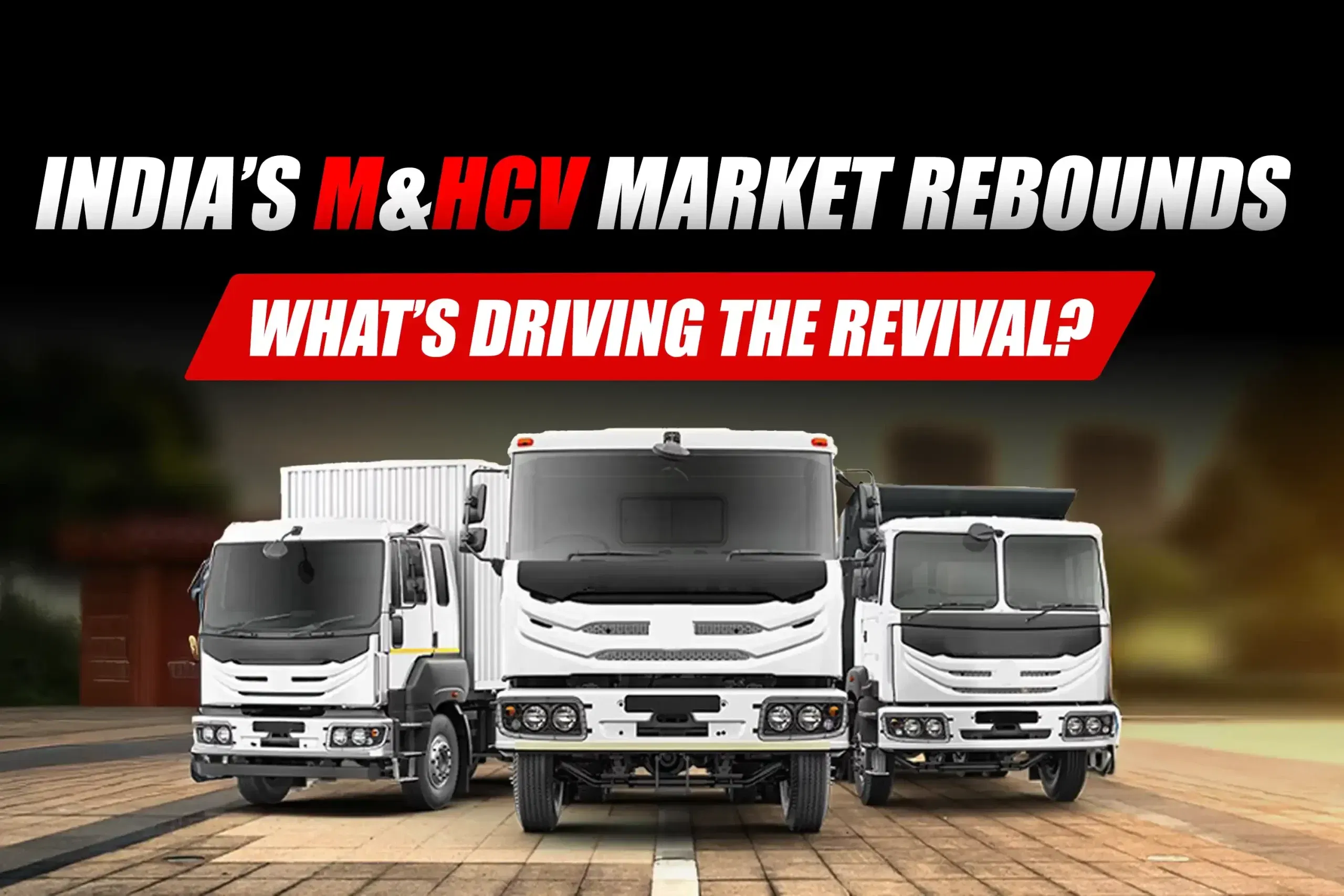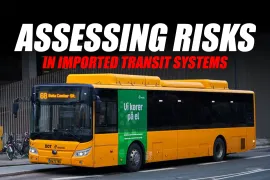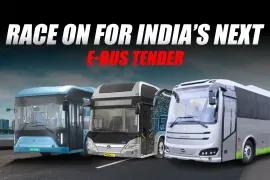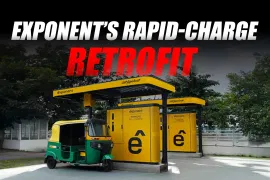India's Medium and Heavy Commercial Vehicle sector is gaining steam all over again. After years of flat performance, the industry is recovering strongly, driven by freight demand, policy reform and infrastructure spending. What had slowed since 2019 is now showing consistent growth across tonnage classes and regions.
Industry data confirms the uptick. The total industry volume (TIV) for M&HCV stayed around 375,000 units for several years. In October 2025, volumes were nearly 10 percent higher than the same period last year; for intermediate vehicles ranging from 7.5 to 18.5 tonnes, volumes increased approximately 13 percent. This positive development is not simply a brief bounce back, it signifies structurally new momentum returning to commercial vehicles in India.
Infrastructure Demand and Freight Activity to Support Growth
Infrastructure projects anchor the revival. New expressways, increasing mining output and construction contracts generate higher freight loads across various corridors. With the projects evaluated under the PM Gati Shakti scheme and the new national logistics policy, projects are moving ahead more expeditiously; while CTUs can move heavier goods.
Supportive indicators are positive, too. E-way bills - a proxy for interstate freight are up about 21 percent; traffic volume - a metric of utilization, is up 13 percent. Cement and steel production, key freight drivers, increased about 10 percent after the monsoon season. These components collectively have the impact to raise tonnage that is moved and should increase demand for heavy trucks.
Policy Changes Rebalance the Market
Fiscal reform strengthened the recovery. Adjustments to the GST input-credit structure removed earlier distortions that favoured financed purchases by large fleets. Now, smaller operators are able to buy trucks on merit, guided by real freight needs.
At the same time, BS-VI Stage 2 emission rules and the vehicle-scrappage policy encourage replacement. Fleets discard inefficient units and adopt new vehicles with better mileage, safety systems and uptime. As a result, faster modernization spreads and reduces running costs for operators.
OEMs Expand Capacity and Aftermarket Reach
Manufacturers are ready for rising orders. Tata Motors, Ashok Leyland, BharatBenz and Mahindra have aligned production with demand. Executives at Ashok Leyland report that capacities are adequate and bookings are increasing steadily.
The aftermarket business has turned strategic. Parts penetration, once about 20–22 percent in 2016, now stands near 45 percent. OEMs are digitizing inventories, connecting dealers and opening service outlets in smaller towns. This network improves uptime and retains customers within authorized channels.
Change in Truck Mix & Buyer Behaviour
The Indian truck market trends 2025 clearly indicate a strategic movement towards higher tonnage, where fleets prefer multi-axle models around 37 and 55 tonnes to gain efficiency per tonne-kilometre. Now, with a few high-capacity units replacing multiple small trucks, transporters save on costs and reduce the complications of maintenance.
Smaller buyers return, too. Finance access has eased; leasing and flexible repayment plans let owner-operators re-enter the market. Digital telematics and predictive maintenance platforms reduce downtime and help even small fleets run with precision once limited to large logistics firms.
Technology and Fuel Transition Begin Slowly
Nevertheless, diesel still dominates in the heavy truck market of India and cleaner fuels also continue to emerge. Though only a few hundred units a month, electric trucks now serve city logistics and short hauls. LNG models number less than 100 a month but are gaining interest as refueling stations expand. Manufacturers are also testing hydrogen-fuel-cell prototypes and modular chassis for future conversions. Still, cost and infrastructure are barriers, so energy transition will move step by step rather than in one leap.
Aftermarket Maturity and Ecosystem Gains
Beyond sales, ecosystem strength defines the revival. Parts logistics, driver-training centers and digital warranty systems improve brand value. OEMs make repeat revenue from maintenance contracts, while fleets get predictable service schedules. The result is stability on both sides.
The market analysts are advocating realism. ICRA forecasts an overall growth of only 3–5 percent in the commercial vehicle sales for FY 2026 and warns that sustainable demand is more important than the temporary surges. If infrastructure outlay and industrial freight continues at the present pace, the M&HCV market growth in India could be 8–10 percent CAGR through FY 2028.
The sustainability of this momentum depends on macroeconomic consistency, fuel-price stability and disciplined capacity additions.
Conclusion
The revival of the commercial vehicle industry of India reflects a deeper transformation in the country. Policy reforms, infrastructure development and digital adoption are increasingly becoming connected, often forming a coherent ecosystem. The heavy truck market India no longer relies solely on cycles of boom and slump; it operates within a framework of efficiency and technology. Thus, by aligning regulation, production and logistics, India has set the stage for sustained expansion. 2025 stands not merely as a recovery year but as a turning point-a year when trucks again became symbols of movement, resilience and national growth.For more articles and news, stay updated with 91trucks. Subscribe to our YouTube channel and follow us on Facebook, Instagram and LinkedIn for the latest videos and updates from the automotive world!









